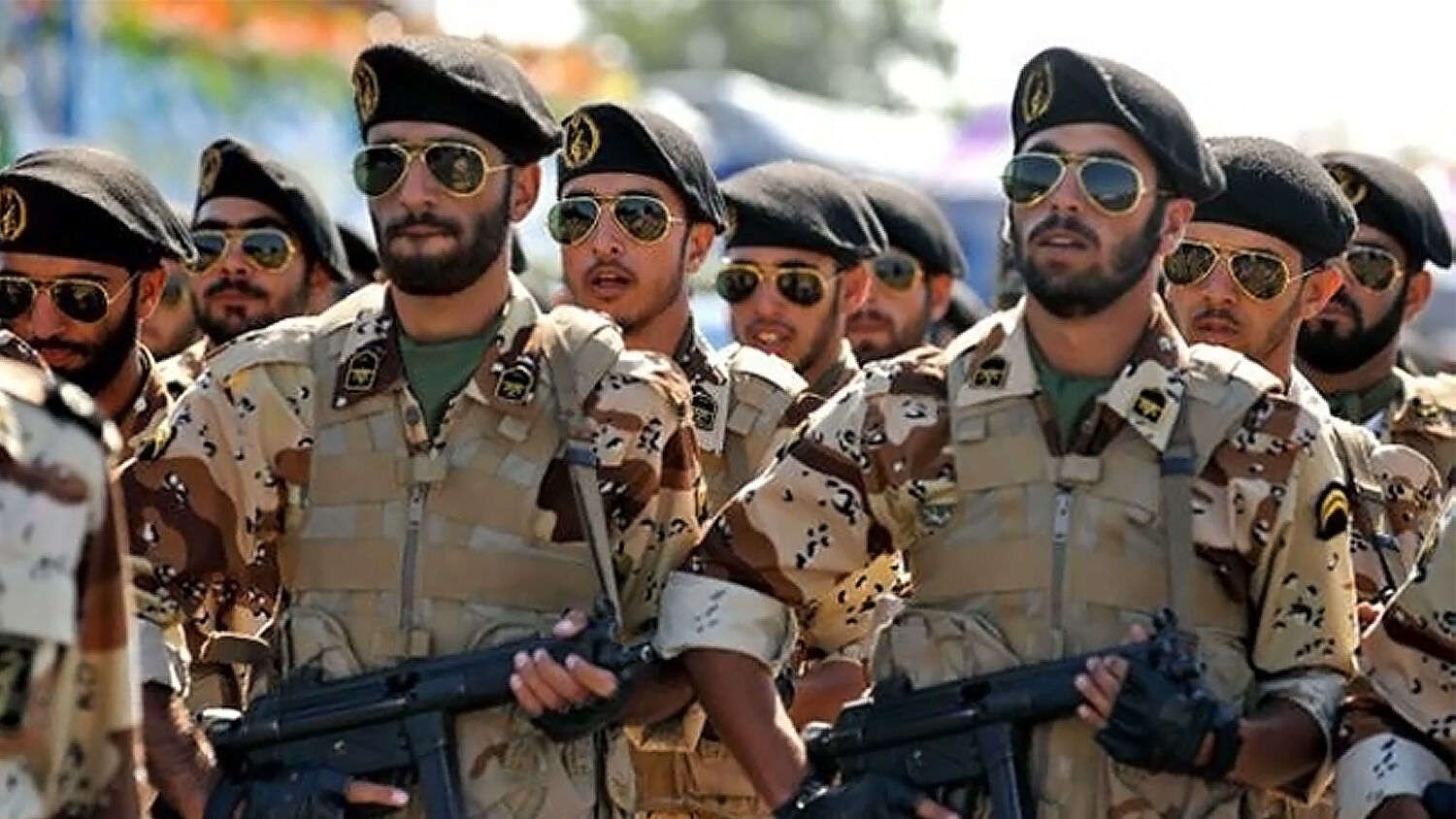
Iran Army to Transform Into More Offensive Force
Iran is a nation militarily divided. In the aftermath of the 1979 revolution, Iran’s leaders were suspicious of the armed forces and their allegiance to the shah. To circumvent any potential uprising, the revolutionaries formed the Islamic Revolutionary Guard Corps (irgc). Though 55 years younger than the army, the irgc has enjoyed the lion’s share of funding and the best military hardware Tehran can get its hands on.
Thus the Iranian Army slipped into subservience to the irgc and has gradually adopted a more defensive posture.
But all that could soon change.
News coming out of Tehran says that the army is about to shed its long-held defensive posture.
Speaking on national Army Day, the commander of the army, Brig. Gen. Kiumars Heidari, announced “major structural changes to Iran’s army encompassing everything from human resources to logistics to armaments in order to transform [the army] into an ‘offensive’ force.”
Heidari announced the changes in the form of a five-point plan: structures and organization, human resources, combat capability, strategic planning and military engineering.
This reset—if implemented—will fall directly in line with forecasts exclaimed by the Trumpet for decades. In 1994, Trumpet editor in chief Gerald Flurry boldly warned of Iran’s rise—long before the militarized state existed as it does today! In “Is Iraq About to Fall to Iran?,” a 2003 revamp of his 1994 article, Mr. Flurry wrote:
The stage is being set for an Islamic group of nations, almost certainly to be led by Iran as the prophesied king of the south, to push at the king of the north, the European Union. Iran has a foreign policy with a lot of “push.” And since the end of their war with Iraq in 1988, Iran has accumulated a massive arsenal of military weapons to back up its aggressive foreign policy.
Heidari’s reorganization could be the next step in the planned “push.”
The changes come on the heels of Iran’s latest budget, which has promised major increases to military spending. But while a budget increase is no doubt welcomed by Heidari, it does not immediately solve critical problems, such as the nation’s underdeveloped arms industry and the ongoing international sanctions. Combined, these problems severely hamper Iran’s access to conventional armaments—by contrast the missile program is literally booming. This has only encouraged the army to maintain a defensive posture—focusing on Iran-based defense forces.
Heidari’s comments are not the first sign of a military metamorphosis. The Institute for the Study of War wrote on February 3:
Iran is transforming its military to be able to conduct quasi-conventional warfare hundreds of miles from its borders. This capability, which very few states in the world have, will fundamentally alter the strategic calculus and balance of power within the Middle East. It is not a transitory phenomenon.
Logistically, it could take time for the army to move away from a defensive posture. But there is more to Heidari’s comments than just a plan. His idea represents the mindset of Iran’s leaders.
If the army is going to support Iranian interests abroad, what of the other avenues at the ayatollah’s disposal? If the ayatollah wants the army to play a larger international role, will the ballistic missile program take on the same approach? For years it has been developed under the guise of being a countermeasure to a U.S. or Israeli strike at Iranian nuclear facilities. Will it now be used to change the course of conflicts in the Middle East?
What about the Persian Gulf, Strait of Hormuz or Bab el-Mandeb? Iran has claimed that it patrols and amasses arms in these regions to protect strategic interests. But if the army is now to be used to directly intervene in Middle East affairs, what about the Navy, Air Force, or missile program in these vital sea-lanes? Will they too be used more “offensively”?
The Middle East Eye wrote on April 21:
In terms of defense doctrine, and assuming the policy position set out by Brigadier Heidari is fully implemented, Iran is likely to gradually abandon a defensive posture in favor of a more strident and muscular approach to regional crisis.
This effectively means a shift away from using proxies to direct military interventions in order to secure the national interest. It is a radical shift whose repercussions will fundamentally alter Iran’s relationship with regional foes Saudi Arabia and Israel as well as the United States military in the Persian Gulf.
It is alarming that Iran’s army is becoming a defensive force, but even more foreboding is the fact that Iran is turning further down a path of conflict. It is only a matter of time before the “defensive” missile program, the “behind-the-scenes” irgc, and the “peaceful” nuclear program are more openly employed in the nation’s offensive approach to foreign policy.
